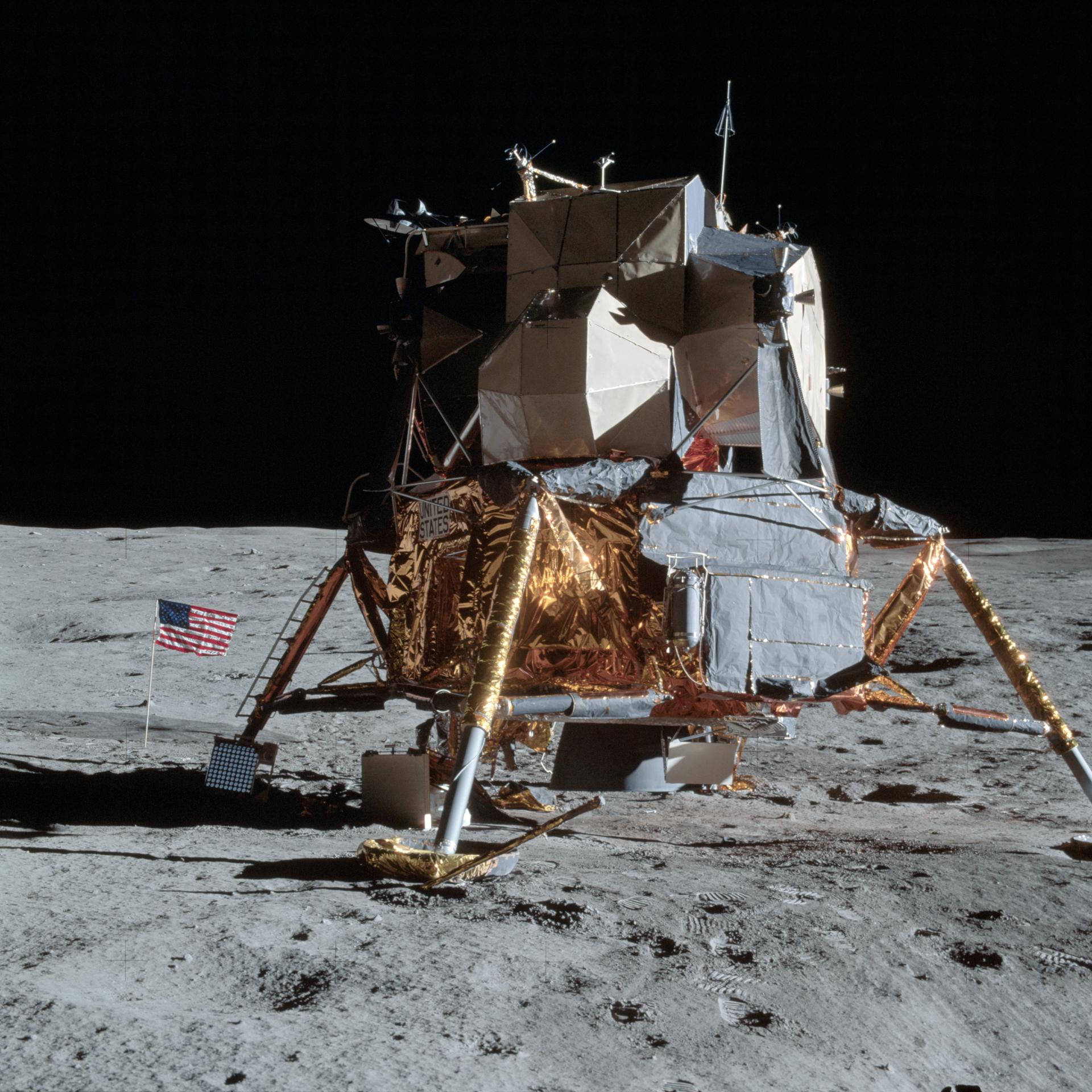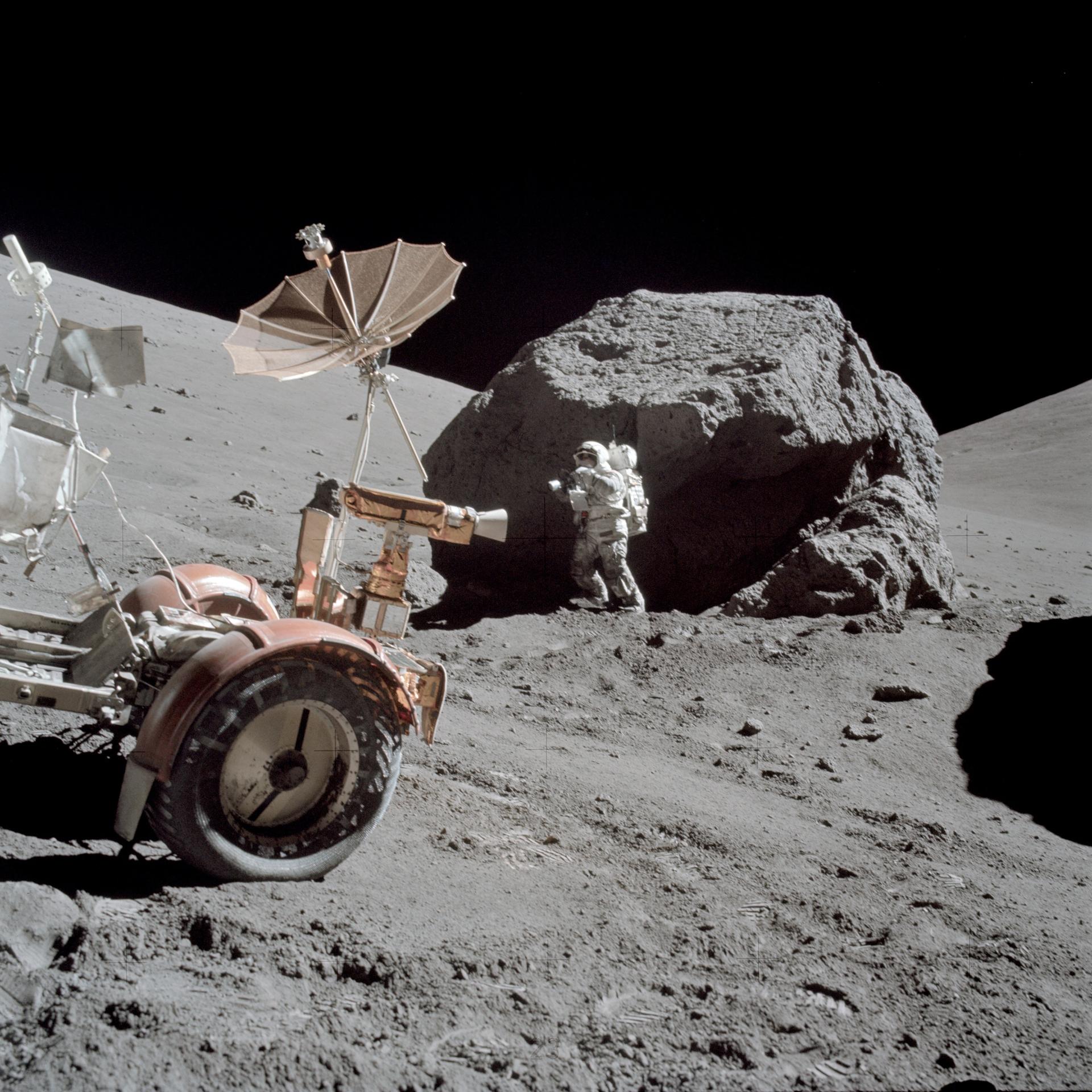2 min read
Preparations for Next Moonwalk Simulations Underway (and Underwater)
NASA’s investment in fuel cells dates to the 1960s when most of the world was still reliant on fossil fuels. A fuel cell generates electricity and heat when hydrogen and oxygen bond through an electrolyte. Because its only by-product is water, it’s an environmentally friendly power source.
The agency’s interest in fuel cells came when NASA needed to fuel missions to the Moon. Engineers at NASA’s Johnson Space Center in Houston looked to fuel cells because they could provide more energy per pound than batteries could over the course of a long mission. At that time, fuel cells were just a concept that had never been put to practical use.

NASA funded three companies, including a portion of Pratt & Whitney, to develop prototypes. For Apollo mission fuel cells, NASA selected the Pratt & Whitney group, which soon became UTC Power, as the supplier of all the space shuttle fuel cells. With the agency funding and shaping its technology development, UTC Power eventually started offering commercial fuel cells. The company is now known as HyAxiom Inc. and operates from the same plant in South Windsor, Connecticut, that produced fuel cells for the agency.
The company released its first commercial fuel cell in the mid-1990s and introduced its current product line about a decade later.
“The models they built for these products we use today had a lot of the electrochemistry understanding from the space program,” said Sridhar Kanuri, HyAxiom’s chief technology officer.
HyAxiom now produces around 120 units per year but expects to ramp up as government investments in fuel cells increase. The U.S. government plans to use fuel cells to store energy from renewable sources.
Today’s commercial fuel cell companies received much of their knowledge base from NASA. John Scott, NASA’s principal technologist for power and energy storage said, “All these companies trace their intellectual property heritage, their corporate heritage, even the generations of personnel to those companies NASA funded back in the early 1960s.”








Comments are closed.